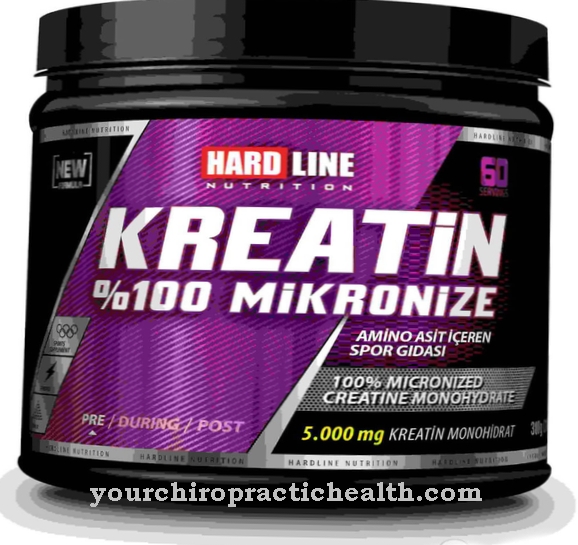Just a few years ago it was Rose root known as a medicinal plant only in Scandinavia and Russia. But now the German market has finally discovered the wonder herb for itself due to its diverse positive properties.
Occurrence & cultivation of rose root

These are between 10 and 40 mm long, 2 to 10 mm thick and also bare. The flowers of the rose root are purple in males and yellow in females. As they fade, the female specimens take on a reddish color. The rose root has the best growth opportunities on moist soils in high altitudes such as mountains and there in crevices and mountain gorges.
But the plant can also thrive on cliffs, on bog soils and wet meadows in lower elevations. Its distribution area extends from northern Europe through Siberia and North America to the Himalayas. In the Swiss Alps, attempts have also been made for some time to grow rose root commercially.
Effect & application
The rose root has been known as a medicinal product since the first century AD. The Greek doctor Pedanios Dioscurides already mentioned them in the fourth book of his work Materia Medica. The plant was also used early on by the Vikings and various indigenous Siberian peoples, where the plant was also referred to as the “golden root”.
The positive effects of rose root were rediscovered in the 20th century, first in Russia and then also in Sweden, where it has been available as an extract since 1985. In 2010, for the very first time, a medicinal product made on the basis of rose root was approved for the free market in Switzerland. All other rose root products, on the other hand, are considered dietary supplements.
Rose root is used exclusively by taking the plant's dry extract. This can then be taken in various forms such as capsules, drops, powders or tablets. Theoretically, tea can also be brewed from the dried leaves and flowers, but this is very unusual due to the unpleasant taste. The various products should be taken over a longer period of several months.
Because they need a certain time to accumulate in the body and to develop their effect. The maximum daily dose should not exceed 200 milligrams, as an overdose can have negative health effects. As a rule, products made from rose root are taken twice a day. It is then taken once in the morning and at noon before a meal and with plenty of water. All rose root products are available in Germany without a prescription in drug stores or pharmacies.
Importance for health, treatment & prevention
In today's world of life and work, which is becoming ever faster and more stressful and places ever greater demands on the individual, medicines that help relieve stress symptoms are also in greater demand. The stimulating and adaptogenic properties of rose root, i.e. increasing stress tolerance, can help alleviate these stress symptoms.
The ingredients contained in rose root, such as phenylpropanoids, phenylcarboxylic acids, flavonoids, mono- and triterpenes and phenylethanoids, are said to have a positive effect on physical and mental performance, improve the ability to concentrate and long-term memory, and protect brain cells and thus in the event of stress-related symptoms such as insomnia, hypersensitivity, irritability , Exhaustion, listlessness or fears help. For this purpose, rose root can be used both preventively and as a treatment.
The effect is based on the one hand on the stimulation of various neurotransmitters in the brain such as dopamine or serotonin, which are involved in many functions of the brain such as memory or the ability to concentrate, and on the antioxidant effect, which intercepts free radicals and thus protects the nerve cells of the brain . This way of working makes it interesting for people who suffer from burn-out. Due to its relaxing and mild anxiety-relieving effect, rose root has also been tested for the treatment of mild to moderate depression.
However, since the results fluctuate too much and no clear effect has been demonstrated so far, a medicinal product based on rose root has not yet received approval for this purpose. Rose root is also used in the treatment of people with dementia. Because here, too, the stimulating effect on the messenger substances can cause a slight improvement in the mental state of those affected.
Other traditional areas of application are fatigue, anemia, impotence, erectile dysfunction, altitude sickness and various diseases of the nervous system and the gastrointestinal tract. In healthy people, rose root also increases vitality, improves general physical condition as well as memory and the ability to concentrate.
In Germany, mental illnesses such as depression, burn-out or dementia are developing more and more into widespread diseases with a worrying extent. It has already been proven that rose root can be used to support the prevention and treatment of these diseases. And through further intensive research, it may even play a key role in combating them in the future.

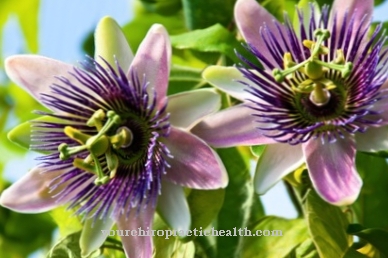
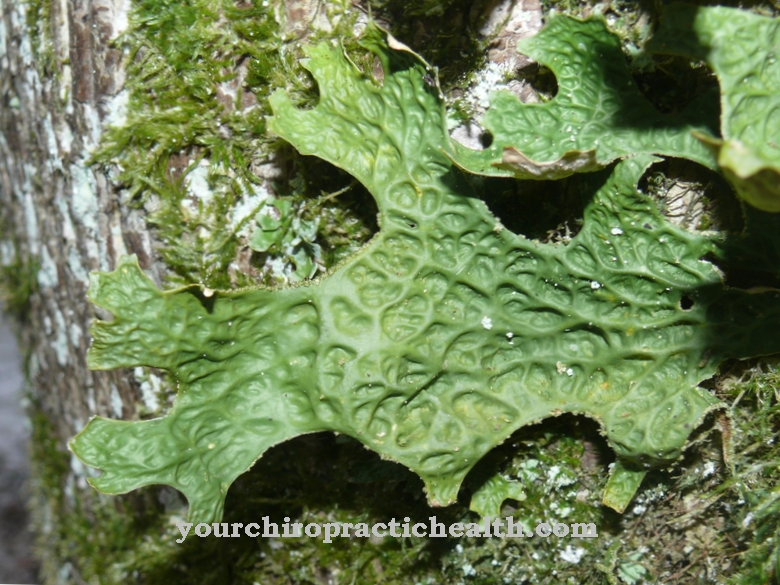


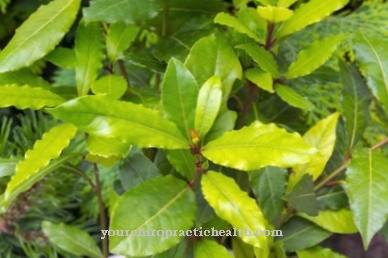
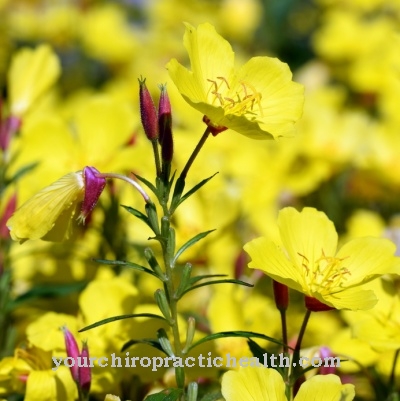

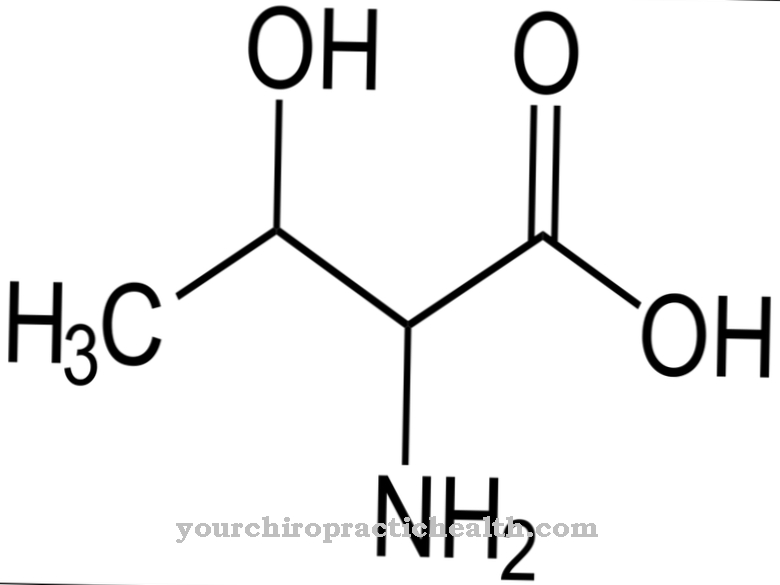
.jpg)


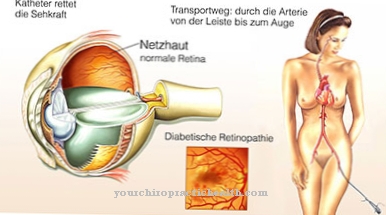


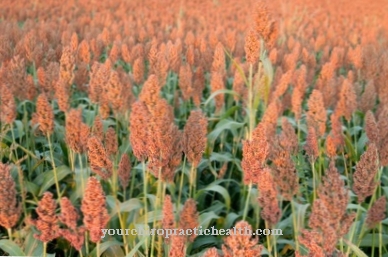



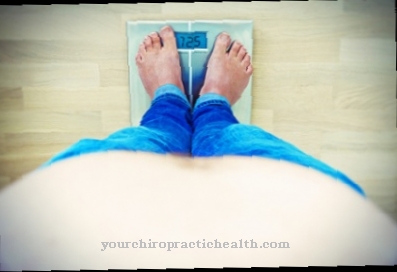
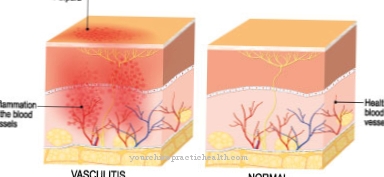

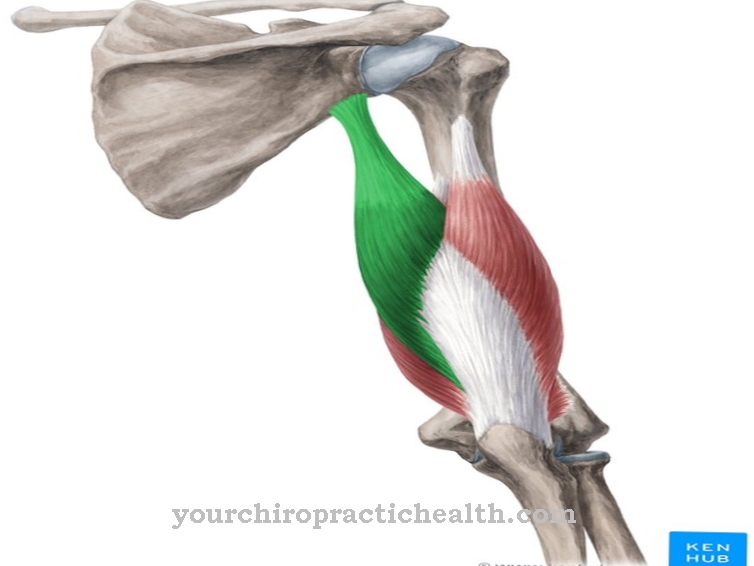
.jpg)

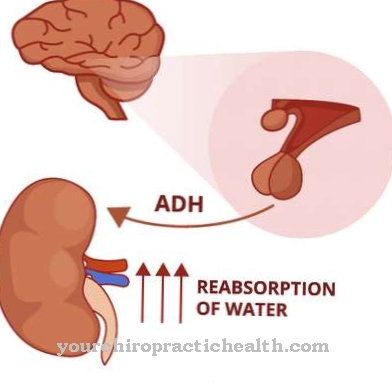

.jpg)
